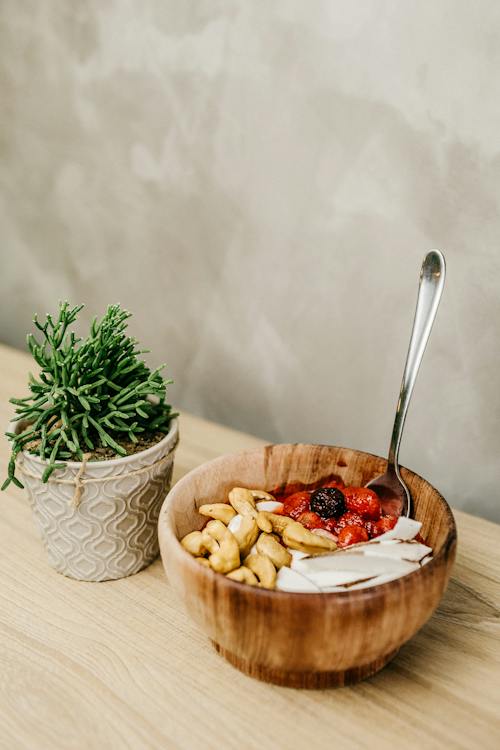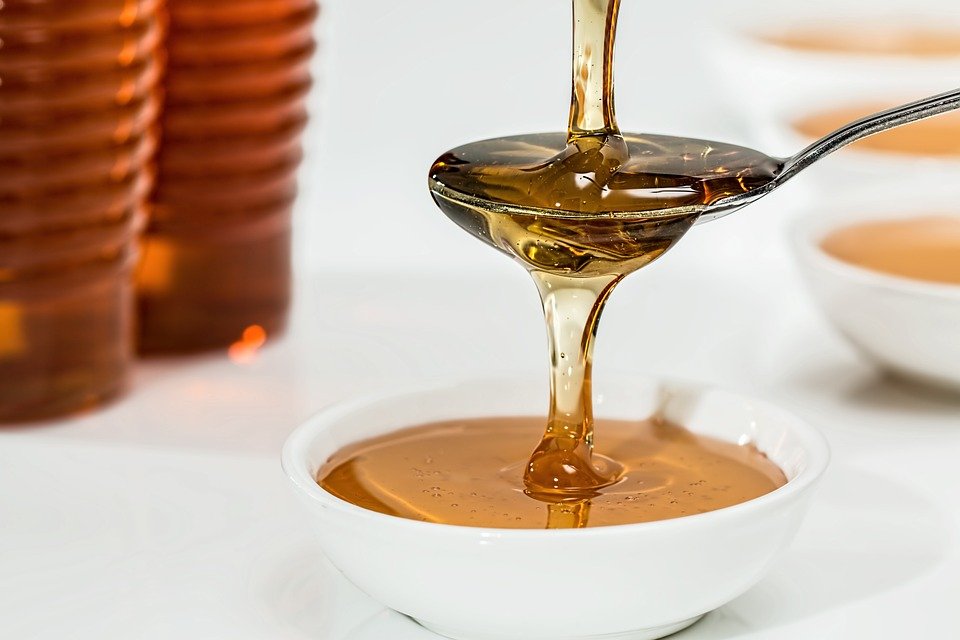Syrups are essential for sweetening and enhancing the flavor of the pancakes, but we all know that too much sugar isn’t good for anybody’s health. Plus, people already consume plenty of sugar from a lot of everyday foods and drinks. If pancakes and waffles are a staple in your household, it’s only wise to invest in healthy syrups. These are some of the healthy syrup options you can find:
Maple syrup
Real maple syrup comes from the sap from maple trees, whose starch is converted to sugar, creating a sweet sap. Then, that sap is boiled down to make syrup. As the sap is boiled down, the amount of syrup produced from the sap is significantly less in volume. On average, for every 40 gallons of sap, only one gallon of syrup is produced. This is why maple syrup can be pricey.
But splurging for bottles of real maple syrup bottles is worth it because of the antioxidant benefits it provides. Pure maple syrup can contain up to 24 different antioxidants that can cleanse your body and free it from any radical damage that might cause inflammation and chronic diseases. Maple syrup is also rich in zinc and manganese, as well as calcium and potassium.
Remember, not all maple syrups are the same. And also, it must not be confused with anything labeled as “pancake syrup” or “breakfast syrup” as these are not made from maple sap at all. These are made from high fructose corn syrup, flavored with an aromatic compound to imitate the flavor of maple syrup. Pure maple syrups are graded by the USDA.
Maple syrups in the United States are labeled with two major grades: Grade A and Grade B. Grade A is the premier type of maple syrup meant for eating and has four subcategories: Golden, Amber, and Dark. For baked goods like pancakes and waffles, the best syrup for a subtle flavor is golden, amber and dark color. Some of the Grade A products will have a label that states “Previously Grade B,” to help consumers transition to the new labeling guidelines (because before, Dark syrups are used to be graded B). Meanwhile, the Very Dark maple syrup variety is labeled as Grade B, and those are mostly used for baking and creating raw desserts.
Honey
Honey is a naturally-made syrup that comes from bees. Bees produce honey by gathering nectar from plants and stores it in their “pollen basket” (a structure behind their legs). When the bees return to the hive, it passes the nectar to another by regurgitating it into another bee’s mouth. This process is repeated until the partially digested nectar is deposited into the honeycomb. Then, bees fan the honeycomb with their wings to make water evaporate from the honey. It is then preserved by the secretion of liquid from the bees’ abdomen, which eventually hardens into beeswax. The taste, aroma, and texture of honey depend on the type of flowers the bees frequent.
When it comes to honey variety, there are over 300 flavors of honey in the United States. Generally, milder-tasting honey is light colored, while the stronger flavors belong to dark-colored honey. But not all honey that you can find in the supermarket is the “real thing.” Actually, 75% of them aren’t real honey, and some are even filtered to have the pollen removed. Some are mixed with high-fructose corn syrup. When looking for pure honey, it must be raw. And it’s best to shop for honey at a farmer’s market, natural foods shop, or a local co-op of businessmen who have or are producing products from bee farms.
Raw honey contains antioxidants, as well as other nutrition properties not present in sugar, like iron, phosphorus, protein, potassium, vitamin C, sodium and zinc, among others. It also does not contain any fats or cholesterols.
Molasses
After cane sugar crystals and sugar beets have gone through the refining process and no sugar can be crystallized anymore, the leftovers product is molasses. Also known as black treacle, molasses is a thick, viscous product that is a known healthy alternative sweetener.
Molasses contain essential minerals like magnesium, potassium, calcium, manganese, copper, iron, sodium, cobalt, chromium; as well as vitamins such as vitamin B6, B3, riboflavin, and thiamine. In addition to that, it’s a good source of carbohydrate and is low in both fat and fiber.
Molasses are available in different types, such as blackstrap molasses (from raw cane sugar and canned sugar refining), cane molasses (from sugar cane juice and sugar beets), sulfured molasses (from sugarcane treated with sulfur dioxide), unsulfured molasses (from sugarcane that does not need sulfur), and hydrol (a by-product of starch hydrolysis).
Barley malt syrup
Barley malt syrup is made from soaked and sprouted barley, which is then dried and cooked down to a thick syrup. It is not as sweet as sugar or honey, and it gives off a strong, distinctive “malty” flavor. Its taste is often compared to molasses and its composition is very sticky and dark brown. Some manufacturers add corn syrup for additional sweetness.
When it comes to health benefits, barley malt syrup has a significant amount of antioxidants, having the antioxidant capacity of 19 natural sweeteners. It is rich in carbohydrates and also contains a decent amount of potassium and a small number of proteins.
However, barley malt syrup can make calories add up faster than sugar, and it is not advisable for those who are in a strict gluten-free diet.



